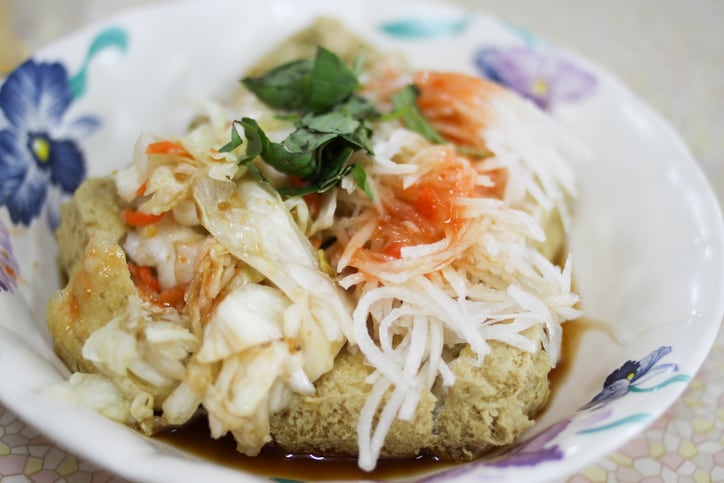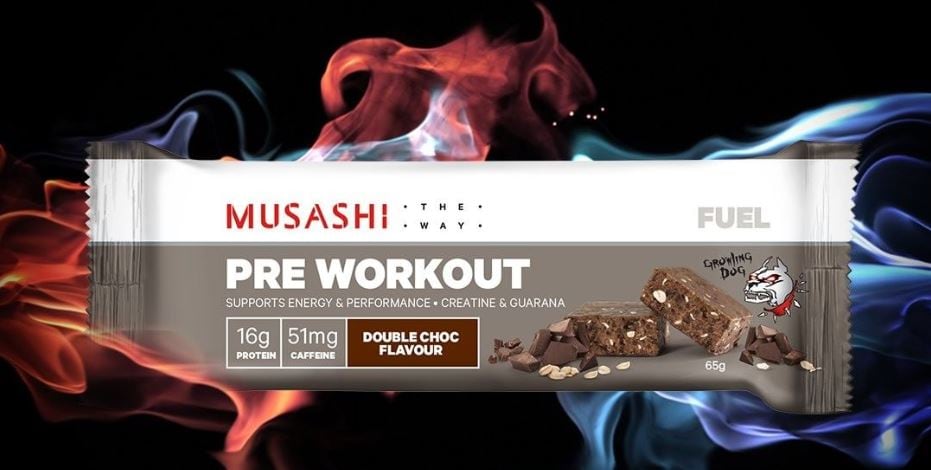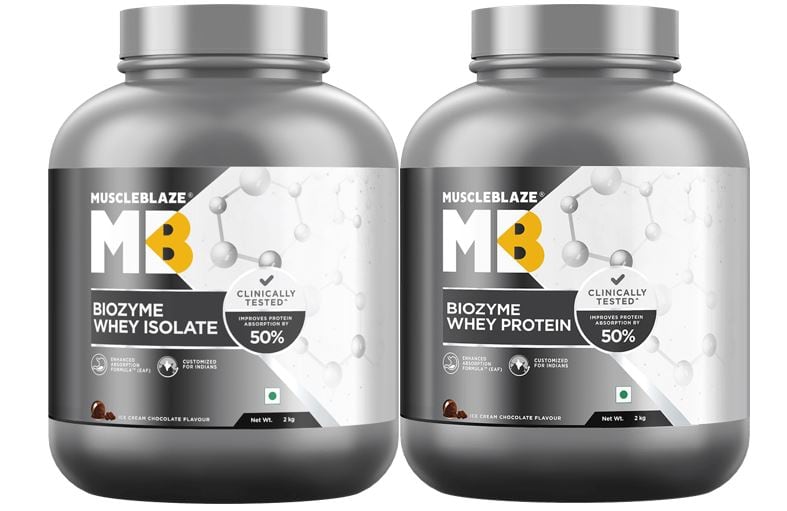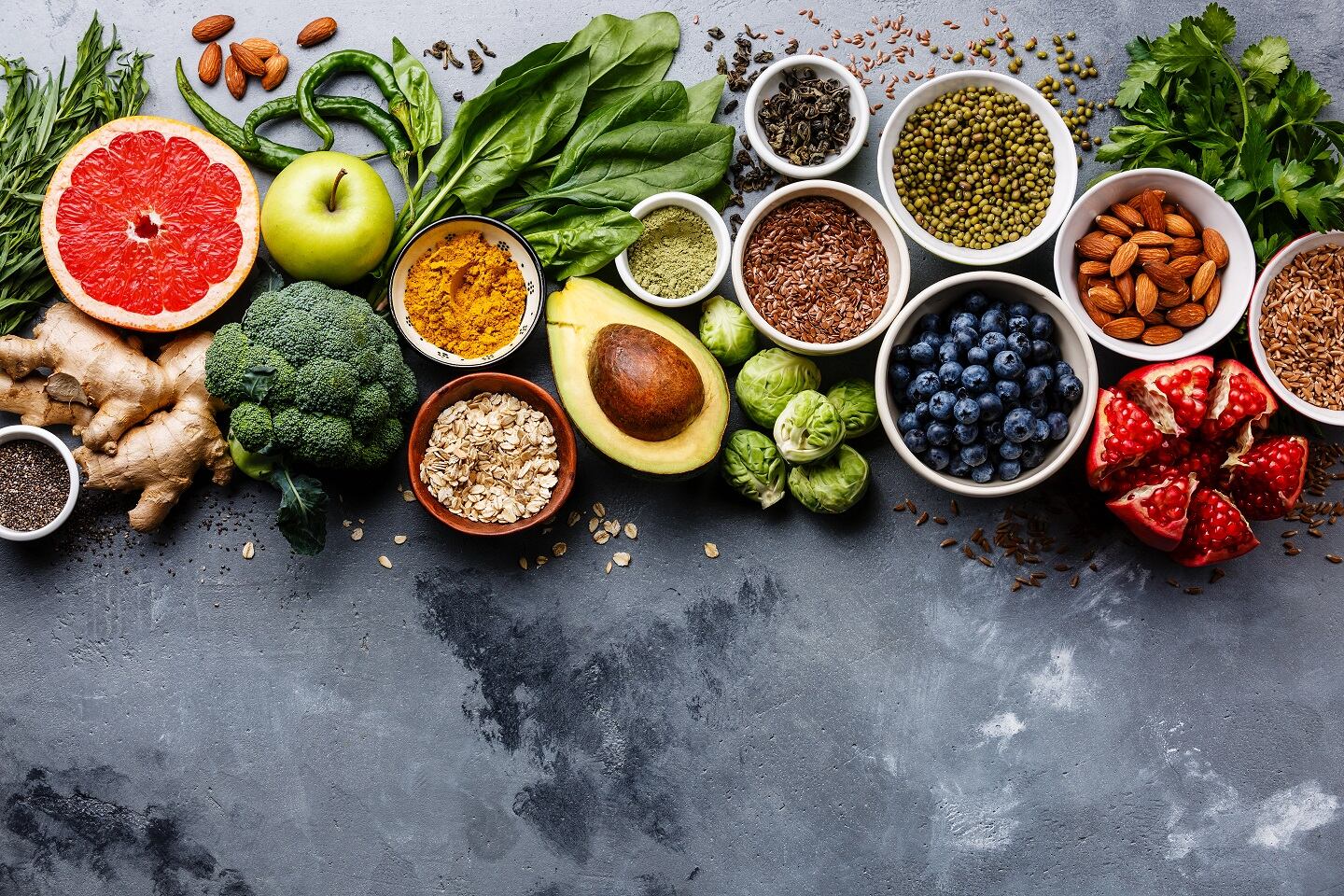The study also found that at higher doses of TWK10 administered, body fat decreased and muscle mass increased.
Probiotics have been studied extensively for health promotion, but clinical validation on its effects on exercise physiology is sparse, and mostly studied on athletes.
Researchers from Taiwan had initially discovered TWK10 effects on exercise physiology in mice which reported a 85% increase in endurance performance, and attempted to validate these findings in human clinical trials.
The findings were published in the journal Nutrients.
Study design
Taiwanese firm, Synbio Tech, cultivated the probiotic TWK10 used in this study.
The firm’s general manager, Ken-Tien Hsu told NutraIngredients: “In the beginning of screening strains, we selected lots of fermented vegetable from different countries and tested their beta-glucosidase,” before they settled on Taiwanese pickled cabbage.
The double-blind placebo-controlled study involved 54 healthy adult participants (27 males, 27 females) between 20 to 30 years. Participants were not professional athletes.
They were randomly allocated to three groups (n=18 each): placebo, low dose 1X TWK10 (3 X 1010 CFU), and high dose 3 X TWK10 (9 X 1010 CFU), for six weeks.
Hsu explained capsules were consumed three times daily.
The treadmill method was used to evaluate exercise performance before and after administration by VO2max max adjustment.
The researchers measured both physiological adaptation which was set at 60% VO2max, and exhaustive endurance at 85% VO2max.
To understand physiological adaptation, fatigue-associated indices such as lactic acid and blood glucose, were continuously monitored during the exercise and recovery period.
Body composition data was measured using a bioelectrical impedance analyser, before and after administration.
Endurance performance and fatigue
The findings reported that exhaustion time for both TWK10 groups, low dose (p=0.020) and high dose (p<0.001) significantly increased after six weeks of administration, compared to the placebo at 85% VO2max.
Researchers also found that with increasing dosage, the exhaustion time was significantly higher (p=0.0336), indicating that TWK10 could improve the endurance performance in a dose-dependent manner.
In this study, six weeks of TWK10 administration could improve exercise performance by increasing aerobic endurance capacity by 20.7% in the low-dose group, and 40.2% in the high-dose group.
Physiological adaption
In both TWK10 groups, lactate production during exercise and recovery were significantly lower than the placebo group.
This effect was found to be even stronger in the recovery phase.
Lactate is an exercise-associated fatigue parameter, and is produced from glycolysis reaction. During exercise, lactate is mainly produced in type II (fast twitch) muscle fibers, which use large amounts of glucose for energy, and it is cleared mainly by type I (slow twitch) muscle fibers.
Researchers said the reduced serum lactate in TWK10 groups may be due to faster clearance process by type 1 muscle fibers.
In this study, serum glucose levels was significantly higher during exercise in TWK10 groups, and restored to levels comparable to the placebo control during the recovery phase.
Serum glucose is an important energy source for exercise, and the rate of serum glucose uptake decreases when serum-free fatty acid or muscle glycogen concentrations are very high.
“This may be a result from one or a combination of the following factors: Less glucose uptake by the muscle, less energy supplied through glucose, higher glycogenolysis, and higher gluconeogenesis during exercise,” researchers commented.
In a mouse study they conducted (unpublished), TWK-10 administration increased type I fibers by 47%, resulting in more energy supplied from fatty acid oxidation instead of glucose. Plasma lactate levels were also down by 27.88%.
Body composition
Researchers found that before and after administration, the TWK10-treated groups showed a fat mass decrease compared to the placebo treatment.
The results demonstrated that low doses and high doses of TWK10 could significantly increase muscle mass by 1.5 and 4.8 folds respectively, compared to the placebo group.
Similar to the same mice study, TWK10-treated mice had a 10% increase in muscle mass.
“We think that TWK10 administration may increase weight management effects due to a synergistic effect on short chain fatty acid production and microbiota re-configuration,” they said.
Hsu added: “These results suggest that six weeks TWK10 supplementation of at least 30 billion CFU daily may change gut microbiota which contribute to the host metabolic phenotype to affect physical activities in terms of exercise performance and body composition.”
Future works
The researchers suggested it might be worth looking into the gut microbiota in healthy non-athletes and how TWK10 exerts its effects on exercise performance.
According to Hsu: “In animal and human studies on TWK10 administration, we found out that TWK10 can change energy utilization and metabolism affected by gut microbiota to enhance exercise performance and improve body composition, and therefore, TWK10 can be applied on the supplementation of sport nutrition, energy metabolism and muscle enhancement.”
“The possible mechanism by which TWK10 may change gut microbiota and increase energy harvesting, is an area that we are excited to find out in the future.”
While the 40% improvement in exercise performance for the high-dose group appeared reasonable and similar to previous human trials, researchers recommended that more research is needed to confirm the effectiveness and mechanism of probiotic supplementation for improving athletic performance.
Besides improve exercise performance, researchers said TWK10 managed to influence fat and muscle changes in a healthy young adult population, without any specific exercise interventions, “(so) we believe L. plantarum TWK10 could be applied to an obese population for further validation of anti-obesity effects in future studies.”
Source: Nutrients
doi:10.3390/nu11112836
“Effect of Lactobacillus plantarum TWK10 on Exercise Physiological Adaptation, Performance, and Body Composition in Healthy Humans”
Authors: Wen-Ching Huang, et al.




